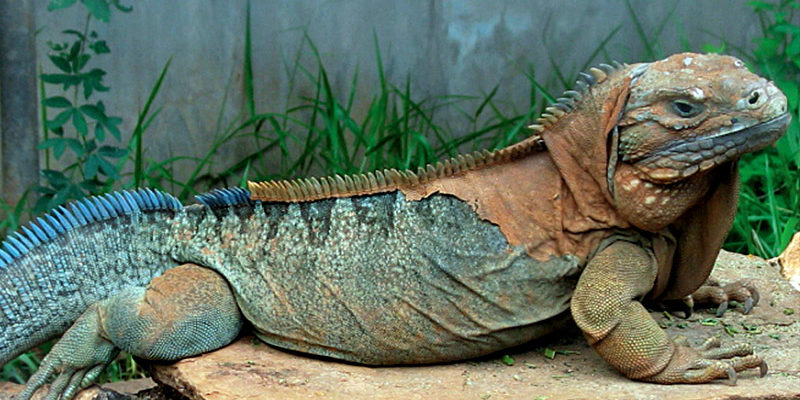
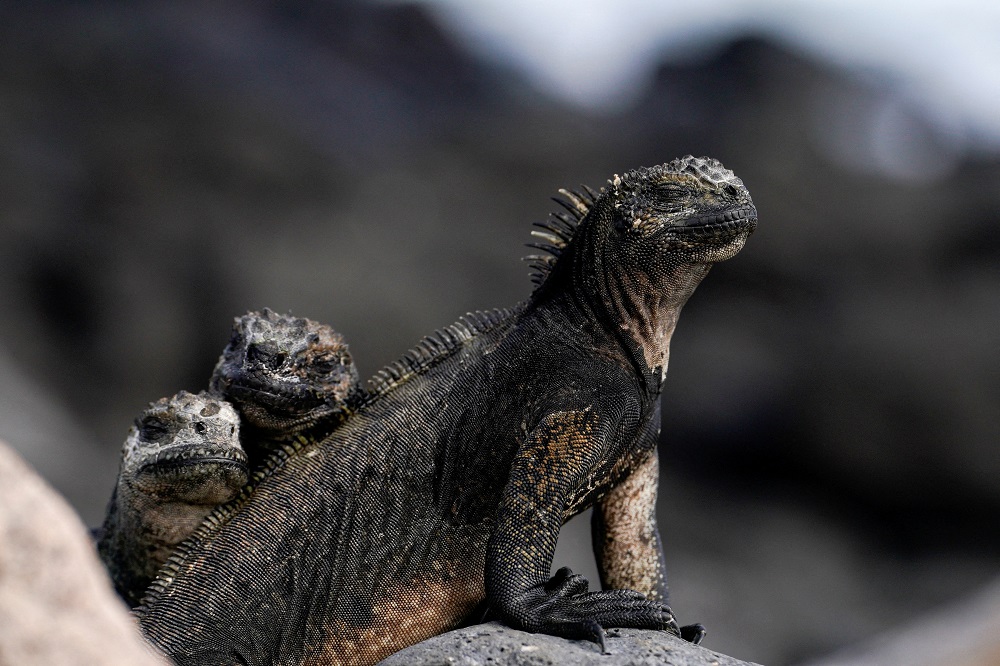
WASHINGTON (Reuters)
About a fifth of reptile species – from the Galapagos tortoises to the Komodo dragon of the Indonesian islands, from West Africa’s rhinoceros viper to India’s gharial – are threatened with extinction, researchers said today (April 27) in the first comprehensive global status assessment for reptiles.
The study examined 10,196 reptile species including turtles, crocodilians, lizards, snakes and the tuatara, the only surviving member of a lineage dating back more than 200 million years. They found that 21 per cent of species are critically endangered, endangered or vulnerable to extinction as defined by the International Union for Conservation of Nature (IUCN), the global authority on the status of species. They also identified 31 species that already have gone extinct.
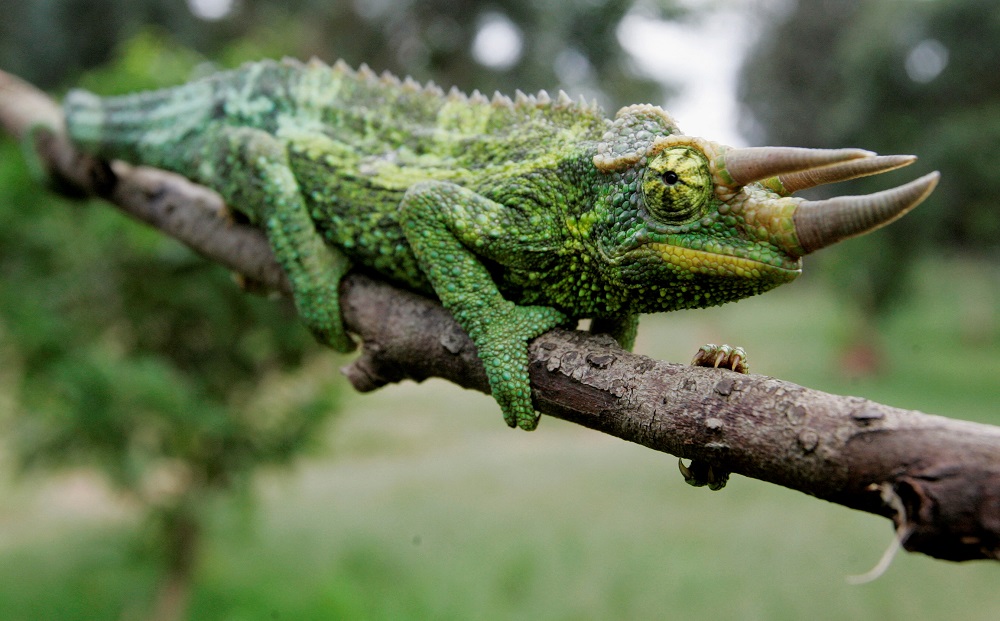
Many reptiles are being pushed to the brink, the researchers said, by factors similarly imperiling the world’s other land vertebrates – amphibians, birds and mammals – namely, deforestation for agriculture, logging and development, urban encroachment and hunting by people. Climate change and invasive species also present ongoing threats, they added.
“Reptiles represent an important and diverse branch of the tree of life and play integral roles in the ecosystems where they occur,” said Bruce Young, co-leader of the study published in the journal Nature.
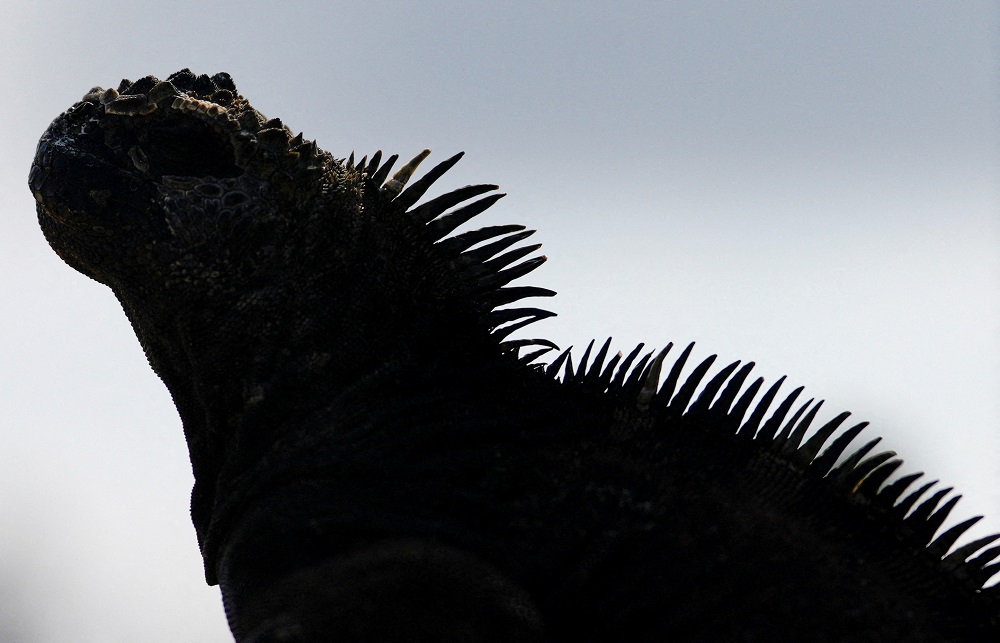
“This global assessment is a key beginning to understanding reptile conservation needs. Now we know where the priorities are and what the threats are that we need to ameliorate. There is no longer any excuse for leaving reptiles out of conservation planning and implementation efforts worldwide,” added Young, chief zoologist and senior conservation scientist at Arlington Virginia-based NatureServe, a biodiversity science organisation.
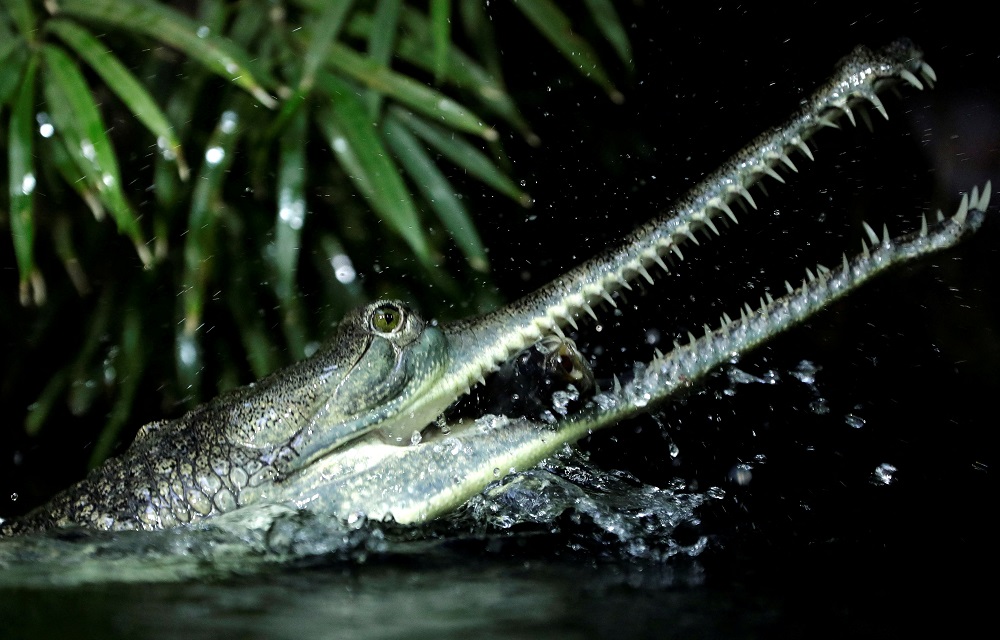
Previous status reports found about 41 per cent of amphibian species, 25 per cent of mammal species and 14 per cent of bird species were threatened with extinction. Species status assessments consider distribution, abundance, threats and population trends.
About 27 per cent of reptile species restricted to forested habitats were found to be threatened with extinction, compared to about 14 per cent of species inhabiting arid habitats.
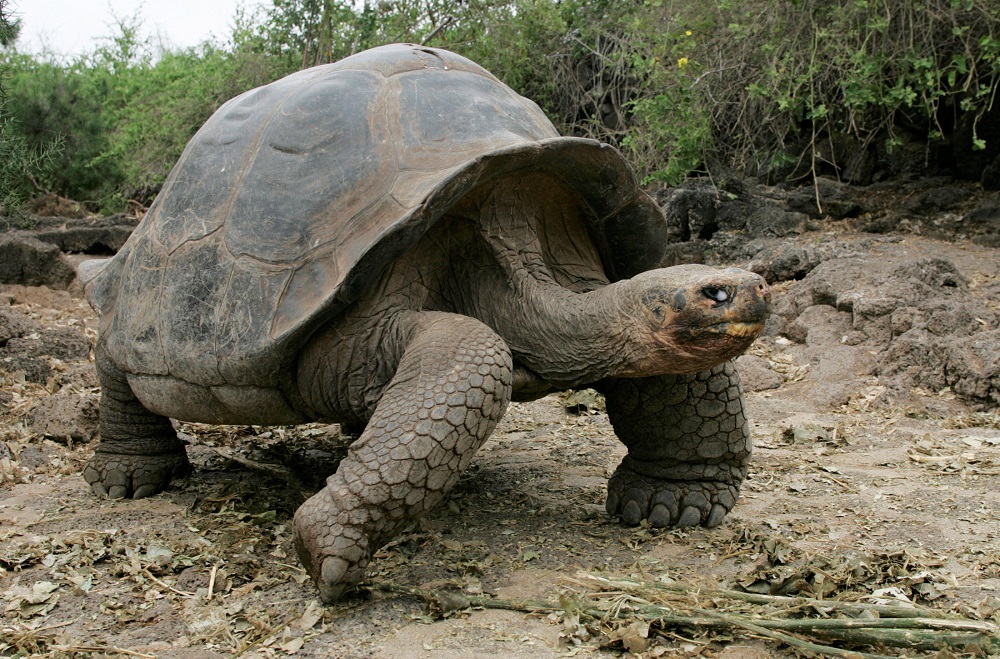
“Destruction of forests for timber and to prepare land for agriculture, including ranching, is widespread. Arid habitats have fewer natural resources and are less suitable for agriculture than forests such that, to date, they have been less altered than forested habitats,” Young said.
Some reptiles were found to be doing just fine. Australia’s saltwater crocodile, the world’s largest reptile, is listed in the category of “least concern” about extinction. Its croc cousin the gharial, on the other hand, is critically endangered.
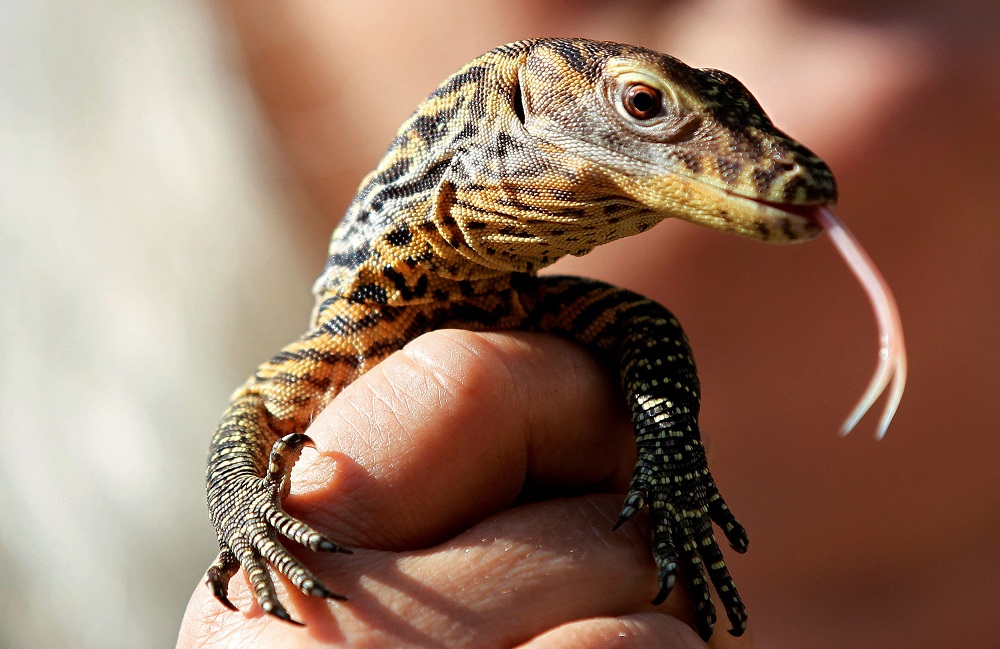
Among some other well-known reptiles: the Komodo dragon, the world’s largest lizard, is endangered; the king cobra, the world’s longest venomous snake, is vulnerable; the leatherback, the largest sea turtle, is vulnerable; the Galapagos marine iguana is vulnerable; and the various Galapagos tortoise species range from vulnerable to extinct.
Several “hot spots” for reptile risk were documented.

In the Caribbean, for example, the Jamaican rock iguana and a lizard called the blue-tailed galliwasp are critically endangered. In West Africa, Perret’s montane chameleon is endangered and the rhinoceros viper is vulnerable. In Madagascar, the Namoroka leaf chameleon is critically endangered. In Southeast Asia, the big-headed turtle is critically endangered.
“I’ve been based in Costa Rica since the 1980s. A snake called the black-headed bushmaster, which feeds on small forest mammals such as rats, was once widespread in the lowland rainforests along the Pacific slope of the country. Widespread deforestation, including the conversion of forests to oil palm plantations, has fragmented the habitat to the extent that the species is now categorized as vulnerable,” Young said.

Among the most seriously threatened reptiles, Young said, is Chapman’s pygmy chameleon, a small lizard inhabiting low elevation rainforests in Malawi that had been considered possibly extinct but now has been found in a few forest fragments.
“Global collaboration and commitment are a must if we are to prevent an extinction catastrophe,” said study co-leader Neil Cox, manager of the Biodiversity Assessment Unit, a joint initiative of the IUCN and the group Conservation International.








Comments